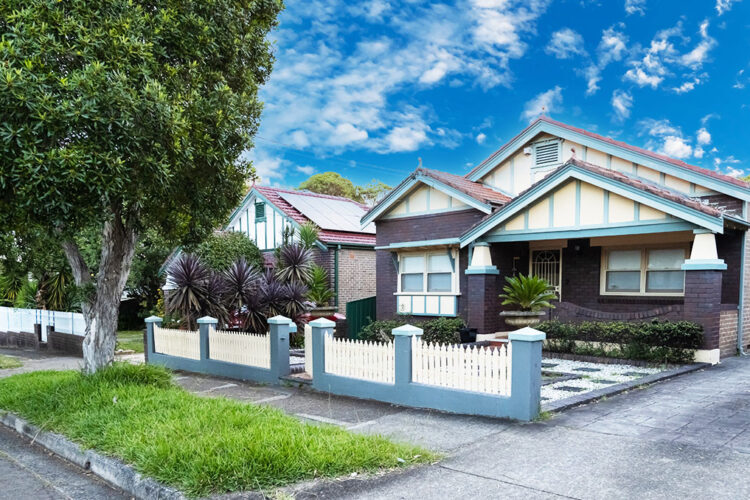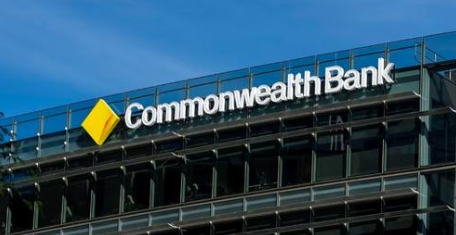The total value of Australia’s residential dwelling has continued to fall from its $10 trillion peak, down to $9.6 trillion in the September quarter, the latest data has revealed.
The latest data from the Australian Bureau of Statistics (ABS) showed the preliminary estimate of the total value of residential dwellings fell $358.9 billion to $9,674.4 billion in the September quarter.
This followed June’s drop to $10.033 billion(which was revised up from its preliminary earlier $9.98 estimate) from the March peak at 10.183 billion.
This is the largest quarterly fall in the value of residential dwellings in Australia since the series commenced in September 2011 and takes the mean price of residential dwellings to $889,800 million marking a $36,800 fall per property.
The total value of residential dwellings fell in all states and territories, which was driven by NSW, Queensland, and Victoria.
The mean property value in NSW fell to $1.126 million from $1.187 in the June quarter and Victoria’s residential properties values hit $912,100, down from $942,400 in March.
Meanwhile, Queensland continued to see property values rise last quarter and the mean property values hit $753,100 in the September quarter, down from $790,900 in June.
Similarly, South Australia had its first recent quarterly drop, with the state’s mean property values at $650,200 in the September quarter from $653,000 in the June quarter.
Western Australia followed a similar trend with mean dwelling prices at $644,000, down from $648,500, while Tasmania continued its fall since March ($693,200) to $680,000 in the June quarter and $653,000 in the September quarter.
ACT’s mean property prices were valued at $956,400 from $999,500 in the June quarter.
As the value of property prices has fallen, the number of residential dwellings rose by 45,300 to 10,872,900.
The increase in housing supply comes despite building approvals falling by 6 per cent in October, earlier ABS data revealed.
Total building approvals fell by 6 per cent in October, as a construction backlog from the HomeBuilder grant continues.
The data revealed house approvals were down by 11.6 per cent on a year ago while apartment/multi-density are up by 3.5 per cent.
“There are broader factors weighing on building approvals and the housing market overall with aggressive interest rate rises and high inflation in building materials,” AMP economist, Diana Mousina, said.
“House approvals have more downside to go but apartments/multi-density should do better from new demand as migration is surging again and from government incentives for schemes like Build-to-Rent.”
Looking across the states, total dwelling approvals fell in NSW by 18.8 per cent, followed by Queensland at 18.7 per cent, and Tasmania dropped 10.5 per cent, while South Australia dropped 17.6 per cent, Victoria (up 5.8 per cent), and increased in Western Australia (5.7 per cent).


